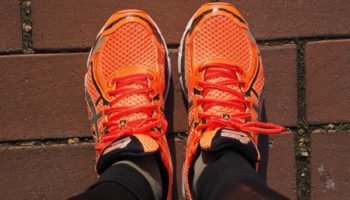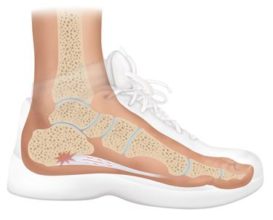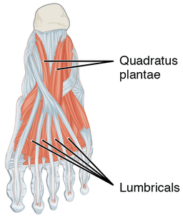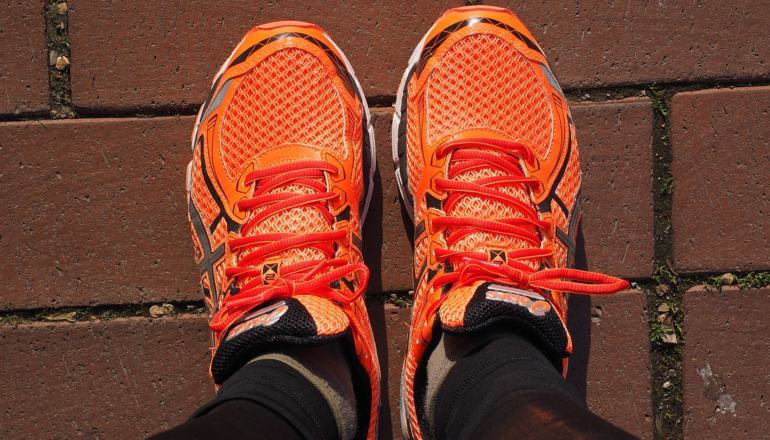 Reading Time: 5 minutes
Reading Time: 5 minutesIn my years as a coach, the most common goal I see clients pick for the new year involves running. And, sadly, that means a lot of people will be dealing with plantar fasciitis before they are too far into the year.
Maybe they’re being confronted with it right around now.
And maybe this describes you (or someone you know).
Lots of people love running, and everyone has their own reasons for choosing running as their focus. Some want to run a race at some point, while others just want to add a sustainable exercise routine they can squeeze into their busy schedule. Regardless of your specific goal or “why,” what remains important for any of us choosing a running-based goal is that we take care of our feet so we can avoid all sorts of injuries, including plantar fasciitis.
Note: Really, we should be taking care of our feet in preparation for any training activity. Even if you aren’t a runner, what I’m going to show you today is a big deal for the health and longevity of your feet.
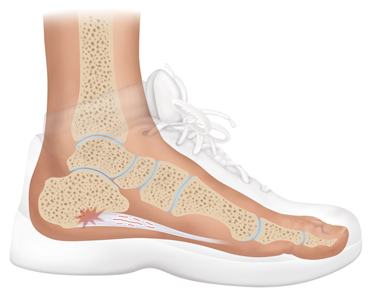
What Causes Plantar Fasciitis?
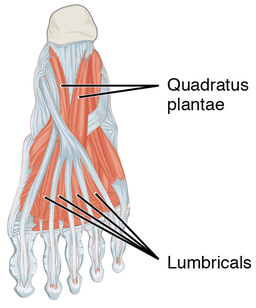 Plantar fasciitis is pain in the sole of the foot, often centered around the heel. It’s caused by overly tight tissues in the sole of the foot that connect at the heel bone and the base of your toes. When these tissues become chronically tight, the result is usually pain in the area around the heel.
Plantar fasciitis is pain in the sole of the foot, often centered around the heel. It’s caused by overly tight tissues in the sole of the foot that connect at the heel bone and the base of your toes. When these tissues become chronically tight, the result is usually pain in the area around the heel.
Most likely you have already experienced some degree of plantar fasciitis in your life. For some of us, it’s more chronic than others. Common medical treatments doctors prescribe for this pain range from rest and ice, to steroid injections and physical therapy, and in some cases surgery to remove the irritated tissues.
Note: if you have severe foot pain, I highly recommend promptly seeing your doctor.
What Our Feet Really Love to Do
Even if you don’t have plantar fasciitis, you can still have tissues that are too tight and cause you pain and discomfort while running or performing other types of exercise. A common cause for both plantar fasciitis and tight tissues in the feet comes from our habit of wearing shoes.
Your feet are designed to be mobile and move with a certain degree of freedom. If you look at the bone structure of your foot, you’ll see you have fourteen ankle bones and thirty-eight bones connecting your toes to each foot. These foundational structures are intended to provide a sturdy yet mobile base for the muscles and connective tissue in our feet and allow us to walk, hike, jump, land, run, and sprint.
Shoes — while comfortable, protective, and stylish — are highly restrictive to the natural movements of our feet. This becomes a problem after many years when the muscles in your feet become short, tight, and weak.
4 Techniques to Build Healthier, Stronger Feet
So, if you’ve chosen a new goal for yourself and you’re worried about preventing or easing the effect of plantar fasciitis, I want to help you get off on the right foot (so to speak).
I’m going to provide you with a few stretches and self-massage techniques that can loosen up the tissues in your feet. Put together as a routine, these techniques can work as both a warm up and a cool down for any running sport you might participate in. They are also a great way to keep your feet healthy and strong after a long day at work.
All of today’s exercises are easily done at home with no or minimal equipment (and preferably no shoes!).
1. Tarsal Massage
One of the best ways to get to really know the tissues in your feet is to massage them. In the video below, I’m going to show you a self-massage technique you can use to get in-between your toes.
This is a hard spot to hit and this technique is the best way I’ve found to affect major change in the muscles between the metatarsal bones. It will most likely feel uncomfortable at first, but after regular use of this massage you should notice a difference in how it feels and how your feet perform during your training.
2. Soleus Massage
The soleus is a muscle between your shin bone and the larger calf muscles of your legs. This muscle is often overlooked when talking about foot mobility.
The soleus can have a major effect on those of us who run, jump, or sprint a lot in our training. Massaging it using the method in the video below will help loosen your calves but will also have an impact on the ankle and the area surrounding it.
3. Ankle Stretches in Flexion and Extension
To hit the top and bottom of the feet can be difficult. In this next video, you’ll see how to stretch the tissues across the top of your foot as well as the tissues along the bottom of the feet and toes. I also demonstrate how you can modify the stretches if you have knee issues.
These will most likely feel uncomfortable at first, but with steady progress you will soon notice it getting easier to sit in this position and your ankle mobility improving.
4. Heel Massage
A really effective way to treat or prevent plantar fasciitis is to attack it right at the source. By using a lacrosse ball or a bar/wooden dowel, you can focus your work on the tissues that attach to the heel bone.
Since this is the area that causes plantar fasciitis when it becomes too tight, we want to make sure we do this work frequently so our progress in training won’t be hampered by injury.
Don’t Let Injury Get in the Way of Goals
I want all of us to have a tremendous year — and I would love to see all of us crushing our fitness goals whether you started on them in January or June. To support these goals, taking proper care of ourselves should be our top priority. And proper care should involve making sure we can train safely and consistently, from our feet on up. So, give these techniques a try and I guarantee your feet will feel like they’re brand new.
